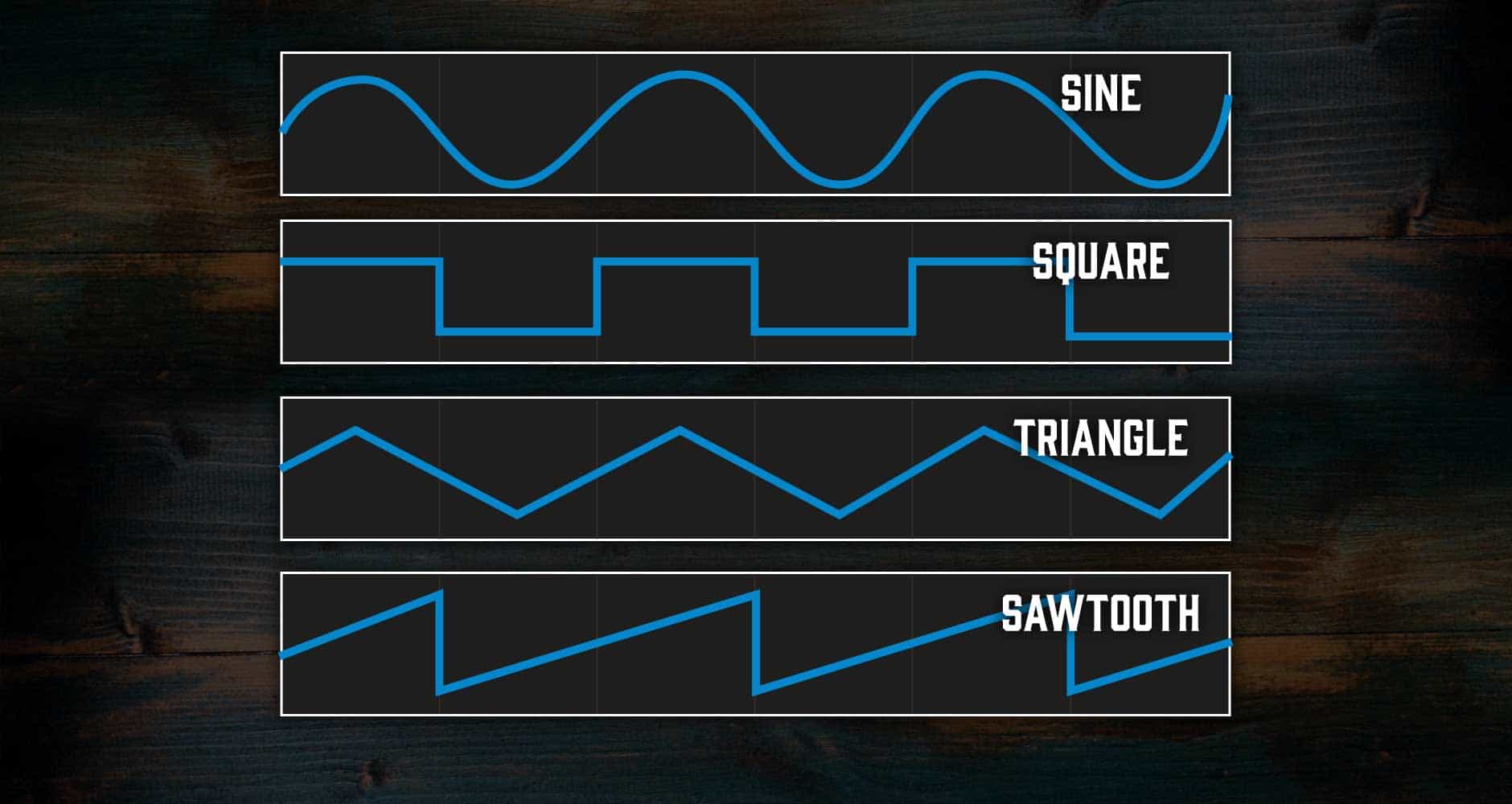What Is a Synthesizer?
Before we jump into our list of essential synth terms, there’s one burning question we should first take a look at: What exactly is a synthesizer?
Essentially, a synthesizer is an electronic instrument that creates sound by generating and manipulating audio signals. Whereas electric guitars instruments make sounds with vibrating strings or air columns, synths use components like oscillators, filters, and amplifiers to sculpt sounds entirely from scratch – or even mimic other instruments.
Synths are closely associated with genres like dance, industrial, and electro, but they’re actually super versatile tools with plenty of uses – look hard enough, and you’ll find them in just about every genre. Lush pads in ambient music, quirky beeps in indie pop, soaring melodies in prog rock, right up to atmospheric textures in the harshest black metal or face-melting EDM basslines. Synths can do it all.
Famous Synthesizers
Since breaking out in the ‘60s, a handful of synth brands have achieved bona fide legendary status, thanks to their innovative designs, iconic sounds, and endless popularity. Names like Moog, Korg, Roland, Nord, Yamaha, Sequential, and Arturia have all shaped synth evolution, each offering their own take, their own leap forward.
Over the years, these powerhouse brands have done much more than drive synth development, though – with their powerful offerings, they’ve literally been the catalyst for whole new genres. How would Pink Floyd have sounded without their vintage analogue synths? Take away Roland’s legendary drum machines, and a whole generation of drum and bass would vanish with it!
Synth 101
In a little while, we’ll give you a complete rundown of all the essential terms you need to know if you’re going to break into the world of synths. But first, let’s put a few of these terms into context. Cutting through the jargon is one thing, but understanding how it all fits into synth design and usage, and how everything interacts with each other, is vital if you want to start making tunes as soon as possible.
The Building Blocks of a Synth
At the heart of every synthesizer is an oscillator. This component is responsible for creating the initial sound. Oscillators generate waveforms, which are basically different types of sound shapes, each offering its own character. There are four basic waveforms that you’re most likely to come across: sine, which has a smooth, almost pure tone; square, with a hollow, woody sound that introduces some odd but interesting harmonics; saw, which is a great choice for basslines and leads owing to its bright and buzzy edginess; and triangle, which sounds like a softer version of a sine wave, but with a bit more warmth. Many synths have multiple oscillators, so you can blend multiple waveforms together to create all manner of different sounds.
Once the raw waveform is generated, the voltage-controlled filter (VCF) and voltage-controlled amplifier (VCA) get to work. The filter acts like a sculptor, cutting or boosting frequencies to mix up the tone, such as by removing harsh high-end or adding resonance. Then there’s the amplifier, which controls the volume and dynamics of your sound to add expressiveness or punch. Together with the waveform, these features give you total control over the tone and intensity of your initial sound, ready for further refinement.

Shaping Your Synth Sound
Once you’ve got your basic tone up and running, it’s time to start tinkering! This is where sound-shaping modulation tools come into play, adding motion, character, and complexity to your tones. One of the most important is the envelope, often labelled ADSR – that stands for Attack, Decay, Sustain, and Release. These parameters change how a sound behaves over time, including how quickly it starts (attack), how soon it fades (decay), how long it holds (sustain), and when it trails off (release).
Next up is the LFO, or Low-Frequency Oscillator. The oscillator we talked about earlier creates the notes you hear, but an LFO moves too slowly to generate pitch. Instead, this one modulates other parameters. Want your pitch to wobble, or your filter to rhythmically pulse? That’s LFO territory.
Types of Synthesizers
Synths come in many flavours, so to find the right one for your needs, it’s important to know exactly how they differ. First, there’s monophonic vs polyphonic synthesizers. A monophonic synth can play only one note at a time, which works great for basses and leads, whereas polyphonic synths can play multiple notes simultaneously, making them a great tool for chords and rich pads.
Then there’s the little matter of how your sound is generated. Analog synths use electrical circuits to create warm, organic tones, while digital synths use computer algorithms to craft more precise, complex sounds. Hybrid synths sit somewhere in between, taking the flexibility of digital and combining it with some good old analogue warmth.
Finally, let’s talk synthesis methods. The most common is subtractive synthesis, where you start with a harmonically rich waveform and subtract frequencies to leave behind only your desired tone. Additive synthesis, as the name suggests, is the exact opposite of this, adding sounds by stacking multiple waveforms together to build a complex tone. Frequency Modulation (FM) synthesis is a method of modulating one oscillator with another for a more complex, metallic timbre. Then there’s wavetable synthesis, which is a little more complicated. This one involves sampling a stored waveform and repeatedly reproducing it at different rates, each time producing a different frequency or pitch. Each reproduction, called a wavetable, imparts different characteristics, and by modulating through different wavetables, you end up with a modern, harmonically rich digital sound.





Responses & Questions